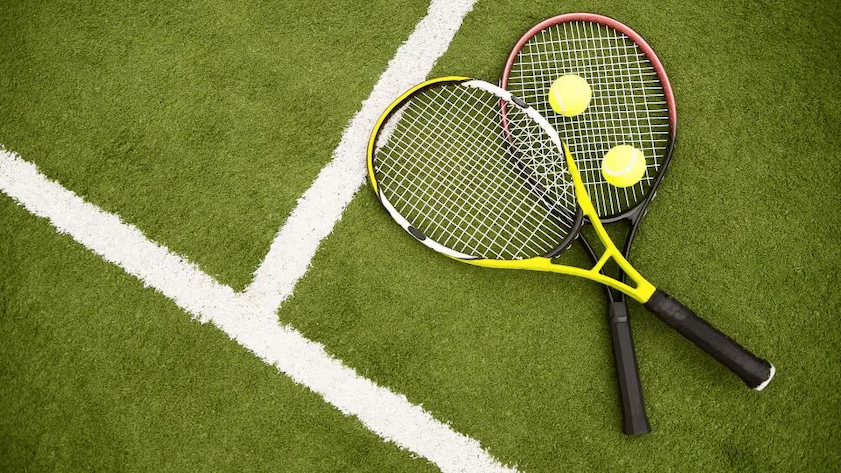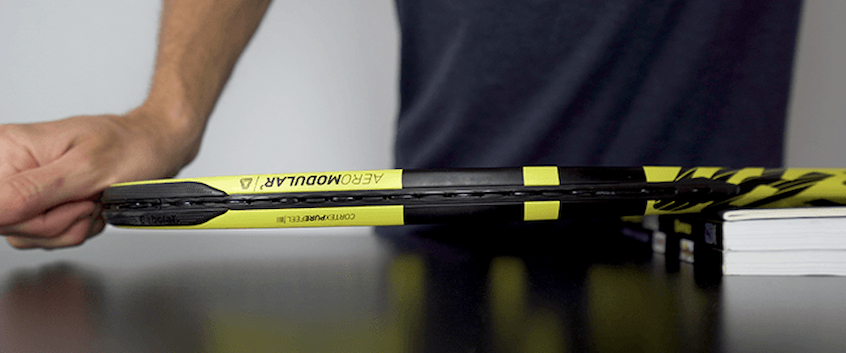
The Whats and Hows of Tennis Racquets
It’s safe to say that tennis is a popular and special sport, with plenty of rules and techniques involved in the game. Do you want to try your swing at the courts? Feeling eager to get your hands on some gear so you can finally show off your skills? From positioning to your type of strike, and the way you handle the racquet, there’s a lot to think about as an aspiring player.
The most important thing needing your attention is, of course, the racquet. This little piece of equipment can make a huge difference in how you play. It plays a crucial role in making sure your shots are accurate and powerful, as well as comfortable on your hands.
Contents
What Are the Different Types of Tennis Racquets?

Source: tennisnerd.net
Depending on the way they’re designed, there’s a whole spectrum of different tennis racquets at the sports stores. Some are specialised for certain strokes, while others are all-rounder models. Here’s a quick overview of the most popular types.
Power Racquets
These robust models come with larger heads to help generate extra power in your shots. They’re perfect for players with aggressive playing styles who rely on powerful serves and smash strikes. They’re also sturdier, so they’re great for beginners who need that extra bit of stability when hitting the ball.
Their extra heft allows users to get used to the proper technique without sacrificing power. If you’re not particularly strong or you need to play with a bit more control, this might help you compensate for your lack of strength.
Control Racquets
On the other end of the spectrum, you have control racquets with more compact frames. They’re more lightweight and easier to manoeuvre, so they give you greater control over your shots.
As such, these are especially popular with advanced players who have already honed their technique and need to be able to adjust the ball’s trajectory quickly. They increase stability and ball speed, with more flexibility to keep control of your swing.
Tweener Racquets
As you can imagine, these models are somewhere in between the power and control tennis racquets. They offer a great balance of the two, with moderate head sizes that give you decent amounts of both power and control.
These are more suitable for the average player who’s neither a beginner nor an expert. They’re great to start with, because they allow you to play with a variety of strokes without having to switch racquets. Even if you eventually become more advanced and decide to choose a specialised version, the tweener model can still be used as a backup.
Player’s Racquets

Source: fft.fr
These tennis racquets are the embodiment of today’s modern technological advances. They usually come with a bigger head and an extended handle for more leverage.
Despite their extra weight, they provide better control and stability than other models. These ones are recommended for more experienced players on the court who need some additional precision for their shots.
Major Factors to Consider
When you’ve decided to buy tennis racquets the specific make and model you choose aren’t the only important factors. There are other elements to take into consideration, with these little details making a big difference in how you play.
Head Length
The length of the head can affect your swing and hit accuracy, so pick one that’s suitable for your height. Longer heads provide more power, while shorter ones help with control and precision. Of course, this mainly depends on your physical attributes and playing style.
For more petite players with small hands, a smaller head might be better. But if you’re tall and strong, then the larger heads will give you better power and reach.
Grip Size
How the racquet fits your hands can have a tremendous impact on your strokes. You need to have a solid grip on your racquet for maximum comfort and control. If the grip is too large or too small, it can affect your shots negatively.
Look for something with a prominent crease in the handle to make sure you get a snug fit. You can always choose the right size by measuring your hand and checking the manufacturer’s specifications.
Weight and Balance
As physics dictates, a heavier racquet will be more difficult to swing, but you’ll have more power with your swing. The energy you generate is transferred to the ball, resulting in a more powerful shot. On the other hand, lighter racquets are easier to swing and provide better manoeuvrability. If you’re looking for more control and accuracy, a light one is probably your best bet.
Balancing the weight throughout the whole thing is also key. If it’s too head-heavy, you’ll suffer from arm fatigue quickly. To find the perfect balance for you, try flinging it around for a bit. If it moves too easily or is difficult to control, that’s a sign that the weight isn’t properly balanced.
Stiffness

Source: tenniscompanion.org
Last but not least, how stiff the racquet is can have a bearing on your playing performance. A flexible one gives you more power with less energy, while a stiff one provides more accuracy. If you’re looking for a balance between the two, then you can try an intermediate stiffness.
Don’t go too stiff or too flexible, as either extreme could lead to poor shots. Give yourself some time to test them out to find the best option for you.

